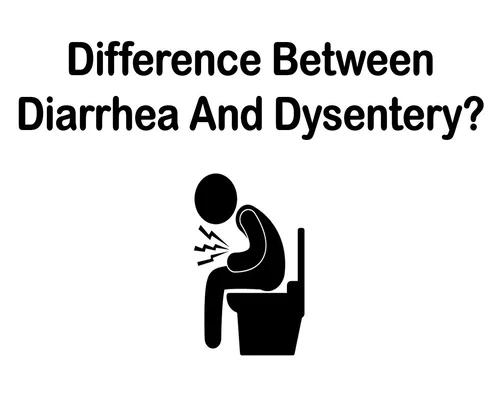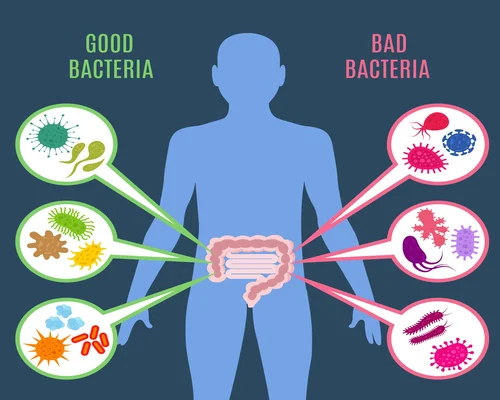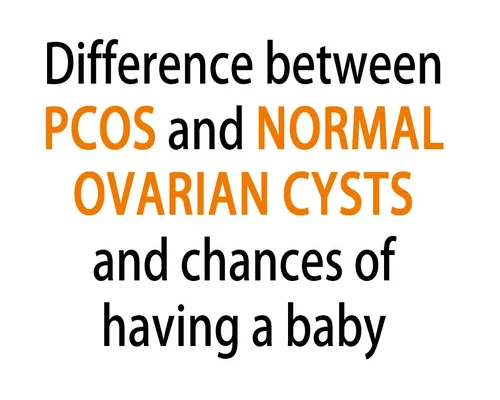
What is the difference between diarrhea and dysentery?
What is the difference between diarrhea and dysentery?
Although diarrhea and dysentery are both intestinal diseases, there are some important differences between them. Below is a comparative explanation:
Key differences:
Subject: Diarrhea
- Stool nature: Watery, thin stools
- Main causes: Viruses (especially rotavirus), bacteria, poor diet
- Fever: Usually low or absent
- Pain: Abdominal rumbling, mild pain
- Risk of dehydration: Very high (because liquid stools are abundant)
- Main treatment: ORS, fluid intake, rest
- Media of transmission: Contaminated food, water, viral infection
Subject: Dysentery
- Stool nature: Mucus and sometimes blood may be present in stools
- Main causes: Bacteria (Shigella, E. histolytica – amoeba)
- Fever: Often high fever
- Pain: Severe abdominal pain, pain before and after defecation
- Risk of dehydration: Relatively low, but the risk remains
- Main treatment: ORS, Antibiotics or antiparasitics (if necessary)
- Transmission route: Contaminated water, food or contact with an infected person
Can be distinguished by common symptoms:
If the stool is watery and there is no blood - diarrhea
If the stool contains mucus or blood, and there is severe abdominal pain - dysentery
When is it necessary to see a doctor?
If diarrhea lasts more than 24 hours
If blood or excess mucus is seen in the stool
If a child, elderly or weak patient
If severe dehydration (dry mouth, decreased urination)



























